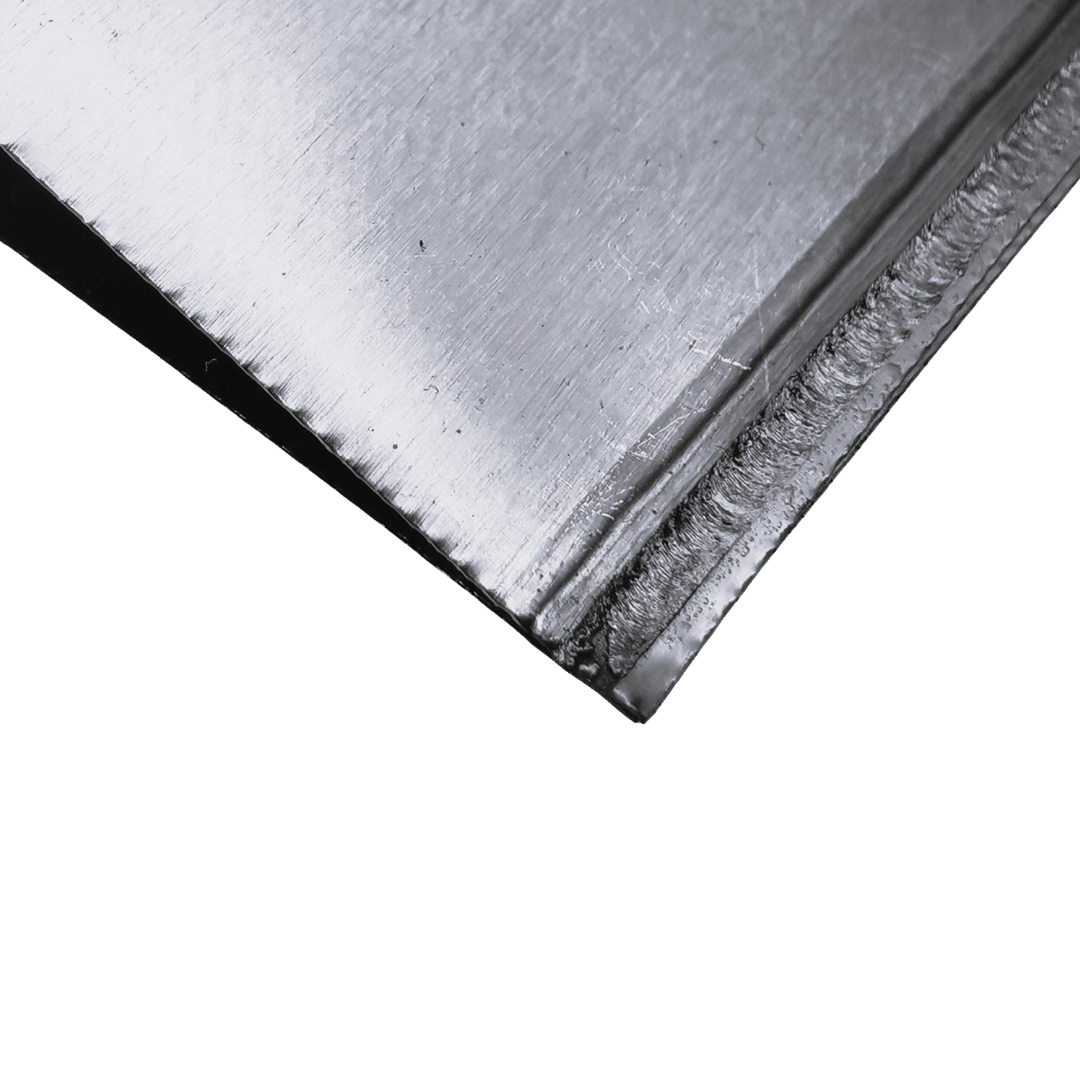Precision laser welding is a technology in which the welding process is performed using laser light. This method is highly accurate and efficient and offers many advantages over traditional welding processes.

During laser welding, the materials to be welded are heated with the help of a very strong, concentrated laser light, which allows them to be joined. Laser welding is very precise and allows thinner materials to be welded while minimizing material deformation and heat input to the workpiece.
This technology is useful in many industrial applications, such as automotive, electronics manufacturing, medical technology, and aerospace. There are many variations of laser welding, and choosing the right method depends on the application and material.
Conventional welding technology uses a heat source to melt the welding material, then cool and solidify it to join two or more parts. Traditional welding also includes shielded gas welding, spot welding, resistance welding and other methods.

There are many types of hand welding used
Electric manual welding
The most commonly used type. The welding gun is heated with electricity and the welding seam is created using the welding rod or wire. It is mainly used for welding metals.
Gas welding
During gas welding, the heat is provided by a burning gas mixture, and the welding gun is controlled by the operator's hand. Suitable for welding thicker metal sheets and pipes.
Arc welding
In arc welding, an electric arc is used to weld metals. Inert gas arc welding (MÍG/MAG), stick arc welding (stick) and inert gas TIG (GTAW) can also be classified here.
Spot welding
Spot welding is a special type of manual welding where welding is performed in small spots. This method is particularly useful for joining thin metal sheets or wires.
In summary, traditional welding involves high heat and sparks, shielding gas may also be necessary for welding processes. In addition to all this, there is still the possibility of human error, since the process is not automated, and even special protective clothing is required during the process.

In laser welding, a powerful laser beam is focused on the workpiece, creating a concentrated heat source. This intense heat melts the metal at the joint, allowing the pieces to fuse together. The laser beam can be precisely controlled, so very small and complicated parts can be welded with high precision.


With laser welding, distortion-free pieces can be produced, as the precision input is concentrated. High-quality welds require little or no rework. The process is suitable for materials and parts that need to be welded at high speed and low welding heat. Be it thin metal or heat-sensitive materials.
With laser welding, distortion-free pieces can be produced, as the precision input is concentrated. High-quality welds require little or no rework. The process is suitable for materials and parts that need to be welded at high speed and low welding heat. Be it thin metal or heat-sensitive materials.
A cost-saving solution that is suitable for manual welding of uniquely shaped parts. It provides the perfect solution for complex shapes or larger surfaces. A high-performance process that can be controlled manually or automated, can also be placed on a robot arm.

It provides a unique solution for users. We can provide many solutions for our customers. The automatic laser welder is also compatible with other technologies, such as robotics, (partial or full robotization), automation, pneumatics, etc.
Thanks to its stable and fixed movement, there is no possibility of human error, as can happen with traditional welding. Compatible with CAD files (2D, 3D), so we can create micron-accurate welding seams. It provides users with an easy-to-use, safe solution, as we equip our closed workstations with sensors and cameras. Of course, our laser module can also be integrated into the production line, we cooperate with a preferred machine builder or our engineering team helps with the integration process.
Precision lasers are excellent tools for welding thin or heat-sensitive materials. It is also suitable for welding in hard-to-reach places. Thanks to the high speed and low temperature, a narrow welding seam is obtained, the diameter of which can be reduced to less than 1 mm in the case of precision lasers. No follow-up work is required, there is no warping, as with the traditional welding process, and it is not characterized by discoloration.
Lasers can also join materials that are difficult to bond together that would otherwise be incompatible. Fine, deep and extremely precise and strong welding seams can be created with the help of laser technology. Because the process is fast, we can increase productivity. It can be easily integrated into the production line, can be combined with other technologies, and we also create unique workstations for our customers.
COST-EFFICIENCY
It is cost effective and economical as it does not use inert gases or wire materials. They require low operating and maintenance costs.
Precision
Very precise seams can be achieved with laser welding, so it is suitable for delicate or complicated workpieces.
It is a fast process that enables high throughput in industrial applications.
Minimal heat distortion
Because the heat-affected zone is small, laser welding can reduce distortion and damage to the surrounding material.
No contact
Laser welding is a non-contact process, meaning there is no physical contact between the welding tool and the workpiece, reducing the risk of contamination or damage.

Because of these advantages, laser welding is widely used in industries such as automotive, aerospace, electronics, and medical device manufacturing.
created with
Website Builder Software .